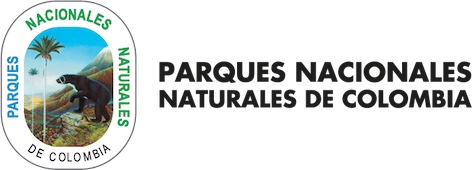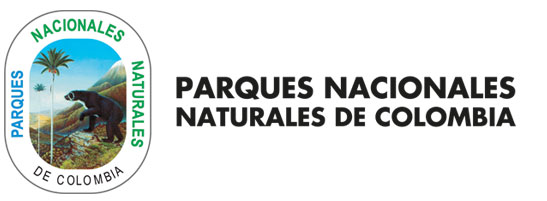IUCN World Parks Congress 2014 closes today in Sydney
Sydney, Australia, Wednesday 19 November 2014 (IUCN) – The IUCN World Parks Congress 2014, the once-in-a-decade global forum on protected areas, closes today with the release of The Promise of Sydney. The Promise sets out an ambitious agenda to safeguard the planet’s natural assets, ranging from halting rainforest loss in the Asia-Pacific and tripling ocean protection off Africa’s coasts to a business commitment to plant 1.3 billion trees along the historic Silk Road.
The Promise includes pledges from governments, international organizations, the private sector, Indigenous leaders, community groups and individuals, with many more still being recorded.
The document highlights the need to invigorate global efforts to protect natural areas, including scaling up the protection of landscapes and oceans. It includes commitments to boost investment in nature’s solutions to halt biodiversity loss, tackle climate change, reduce the risk and impact of disasters, improve food and water security and promote human health. It also aims to inspire people around the globe, across generations and cultures, to experience the wonder of nature through protected areas.
“Protected areas are by far the best investment the world can make to address some of today’s biggest development challenges,” says Julia Marton-Lefèvre, IUCN Director General. “The Congress has propelled major commitments from leaders across all levels of society to secure the benefits protected areas provide to humanity and ensure a sustainable future. Drawing on the collective knowledge of over five thousand top protected area experts – and many others who care about the future of our planet – the Promise of Sydney now captures innovative strategies to protect these exceptional places.”
Organized by the International Union for Conservation of Nature (IUCN) and hosted by the Australian and New South Wales Governments, the Congress brought together more than 6,000 participants from over 170 countries.
“Australia is proud to have co-hosted such a successful Congress and equally proud of our own commitments in the Promise of Sydney,” says Greg Hunt, Australian Environment Minister. “They range from banning capital dredge disposal in the Great Barrier Reef and a historic agreement with China to ban mining in Antarctica, to new initiatives to recover the rainforests of the Asia-Pacific and to halt species loss in our national parks. It has been an inspirational Congress – now it is time to deliver the innovative solutions to the challenges facing our planet.”
The Promise of Sydney outlines a pathway for achieving the global target to protect at least 17% of land and 10% of oceans by 2020.
The Protected Planet report, launched in Sydney by IUCN and the United Nations Environment Programme (UNEP), showed that while the world is on track to meet the target, more work is needed to ensure that areas of importance for biodiversity and ecosystem services are well and equitably managed. The Promise of Sydney also called for an urgent increase in ocean protection, including areas beyond national jurisdiction.
The meeting highlighted the need to scale up investment and the quality of governance and management of protected areas. Diversity, quality and vitality of governance emerged as a key prerequisite for ensuring the effectiveness and long-term success of protected areas. Delegates called for a stronger recognition of the rights of Indigenous Peoples through policies and management practices of protected areas. They acknowledged the critical role of traditional wisdom and management systems in long-term conservation outcomes and community well-being.
Best-practice examples of equitable governance were recognized by the IUCN Green List of Protected Areas – the first global standard set to define excellence in protected area management, presented at the Congress. This award was granted to 23 sites in Australia, China, Colombia, France, Italy, Kenya, Spain and South Korea, including a number of Indigenous Protected Areas. Croatia, Ecuador, Mexico, Nepal, Peru and Russia expressed their commitment to undergo the IUCN Green List assessment in the next phase of the initiative.
The Congress also highlighted the need to ensure that protected areas are established in the right places to prevent further species extinctions. The world’s largest-known earwig was among species declared extinct at the Congress by the IUCN Red List of Threatened Species™, with the Pacific Bluefin Tuna, Chinese Pufferfish and American Eel among those listed as threatened due to the growing appetite for resources.
A key focus was on economic benefits and cost-effectiveness of conserving the world’s natural areas, including their contribution to climate change mitigation and adaptation. It also called for new financing models to maintain them, combining public and private funding. Modern technology emerged as a new player in nature conservation, with the launch of Google’s underwater street view and a tool to track illegal fishing. NASA provided cutting-edge satellite imagery to improve the monitoring of protected areas.








